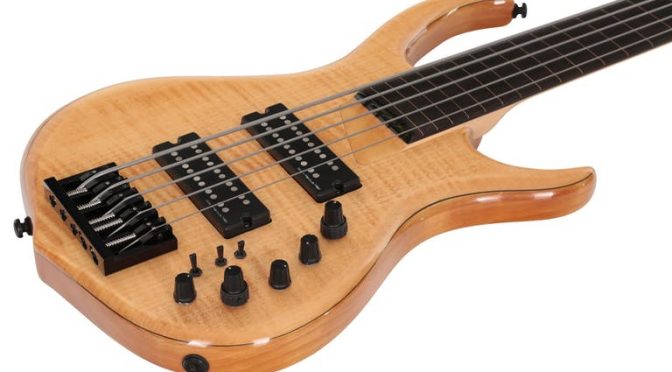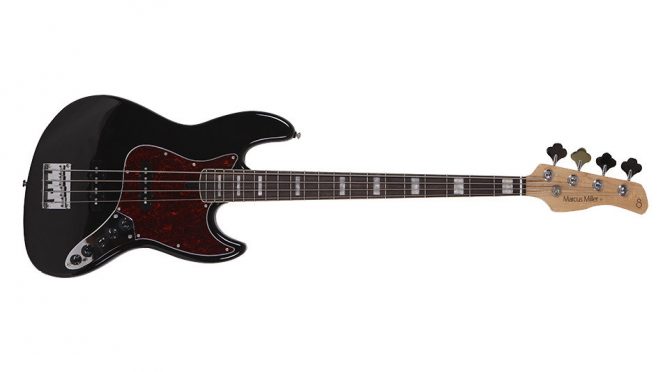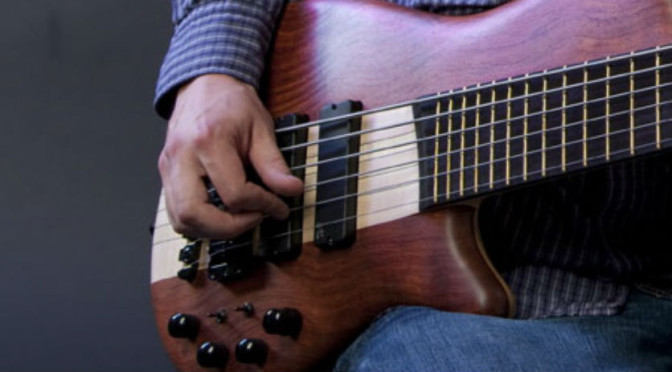Armando’s Rhumba – a tribute to Chick Corea – Bass Practice Diary – 16th February 2021
Armando’s Rhumba wasn’t the first Chick Corea composition that I heard. But it was probably the tune that really got me listening to him in a big way. His real first name is Armando, but that’s also his father’s name. I have a feeling that the piece is named for his father, but I might be mis-remembering that.
We’ve lost many great musicians in the last 12 months, but none hit me harder than the news of Chick Corea’s passing this week. I have been an avid follower of his work for over 20 years and he has influenced me musically more than just about any other artist. The first time I saw him play live was in 2004. Since that day I’ve made a point of going to see him play whenever he came to London. I was fortunate enough to meet him once after a gig and I was more star struck than I’ve ever been. He was extremely nice to me. He made the effort to make conversation with me, even when I was struggling to put two words together.
Chick Corea 1941-2021
His death, from a rare form of cancer, came as a shock to me. I didn’t know he was ill. He may have been 79 years old, but anyone who has seen him recently will know that he seemed to have a lot of life in him. He did not look, talk, move or play music like an older man.
I woke up on Thursday morning, and as soon as I checked social media, my heart sank. I saw image after image of Chick Corea from posts from so many musicians that I follow. Tragically, that only usually means one thing, and my fears were realised.
I had a ticket to see him play live at the Barbican last year in March with a wonderful trio including bassist Christian McBride and drummer Brian Blade. The concert was cancelled with less than 48 hours notice due to the first COVID lockdown.
I’ve been trying to bring to mind all of the times I’ve seen him live. I was trying to count them and I got into double figures, but I’m sure I’ve missed some. I’ve never paid to see any other musician play live that many times. I think the reason that I kept going back to watch him play again and again is because it was never the same twice. There are other wonderful artists that I have seen four or five times and thought “I don’t need to see them again, I’ve seen it”. I’ve never thought that about Chick Corea. Even when I’ve seen him with the same band twice, it was never the same. He truly was a musical genius.
This isn’t the first time I’ve featured a Chick Corea composition in my Bass Practice Diary. You can find my version of Spain here.









